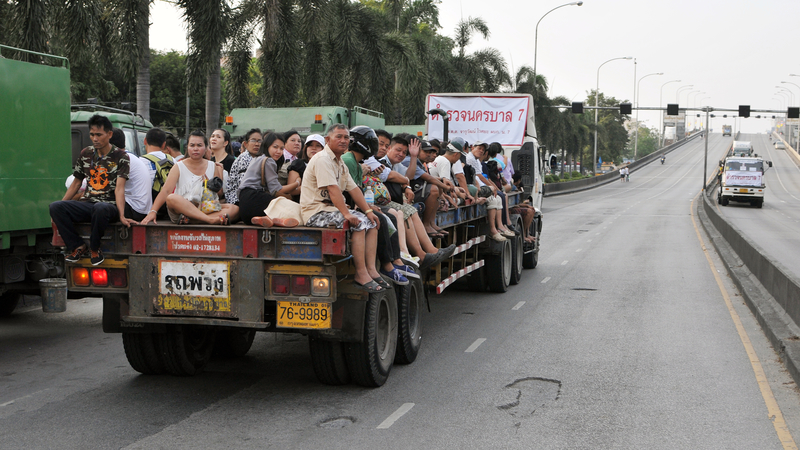For a more thorough emergency plan, use what's called the Simple Event Risk Point Scale, or SERPS. This method can help you account for factors you might otherwise overlook:
When determining just how to prioritize your preparedness when applying that crisis event risk ratio of imminence vs. severity, my advice is to assign a 1-to-10-scaled point value to the events in question. So first, list the possible events of your concern, and then give each an imminence and severity number. For instance, if you live in northern Pennsylvania …
Winter Season With Abnormally Massive Blizzards:
Imminence – 5 (Lake-effect snowstorms happen fairly regularly each winter.)
Severity – 2 (While this might cause a slight setback, the region is already quite prepared.)
6.5 Earthquake:
Imminence – 1 (Not many are even aware that severe earthquakes are possible near Appalachia, and such an event would be rather unlikely.)
Severity – 8 (The unlikeliness of the event would become the cause of the most destruction inflicted. Only a handful of properties would be structurally prepared for an earthquake, thereby resulting in absolute chaos and perhaps billions of dollars in damages.)
Truthfully, these point values are largely going to be based on your own intuition and research. However, they will provide an excellent marker for you to at least quantify your concerns.
Even as good as this strategy is, it's possible – and important – to go even farther. That's where you take a long, hard look at the area where you live:
Regional Risk Boosters
There are two major issues that should have a HUGE influence on your crisis event risk assessment. Not only will these factors have a profound influence on your ability to bug out, but they will even make bugging in more dangerous as well. Hint: These are the same reasons why there’s such a thing called “rush hour.”
Population Density – This factor alone makes city survival a very difficult task, especially during a crisis event. Most people in the city will not be prepared like an off-the-gridder, and desperation has a way of exhibiting the worst parts of human nature. Not only that, but people need similar resources, and those resources will dry up quickly when regional economic supply chains are cut.
Barriers n’ Bottlenecks – With high population densities often comes a mass exodus from the affected region during a crisis. As I said about “rush hour,” movement will crawl, and then, come to a bumper-to-bumper stop in places where the evacuation flow becomes concentrated into a bottleneck. Barriers, such as mountains, rivers and oceans, tend to have this effect, so make sure that you plan around them.
Because Tsunamis Are Bulletproof
When making your risk assessments, be sure to factor these two pointers into your strategy. And even if you don’t necessarily live near a densely populated area, it’s still important to account for a nearby city or large town that could send those populations in your direction. That’s why a major interstate onramp might be a fast track today, but a crisis event could turn it into a parking lot of fuel-less automobiles within just hours.
So what do you think of this plan? Have you considered these factors when making your own risk assessments? Will you now? Share your thoughts in the comment section below!
Article Source: Off the Grid News
